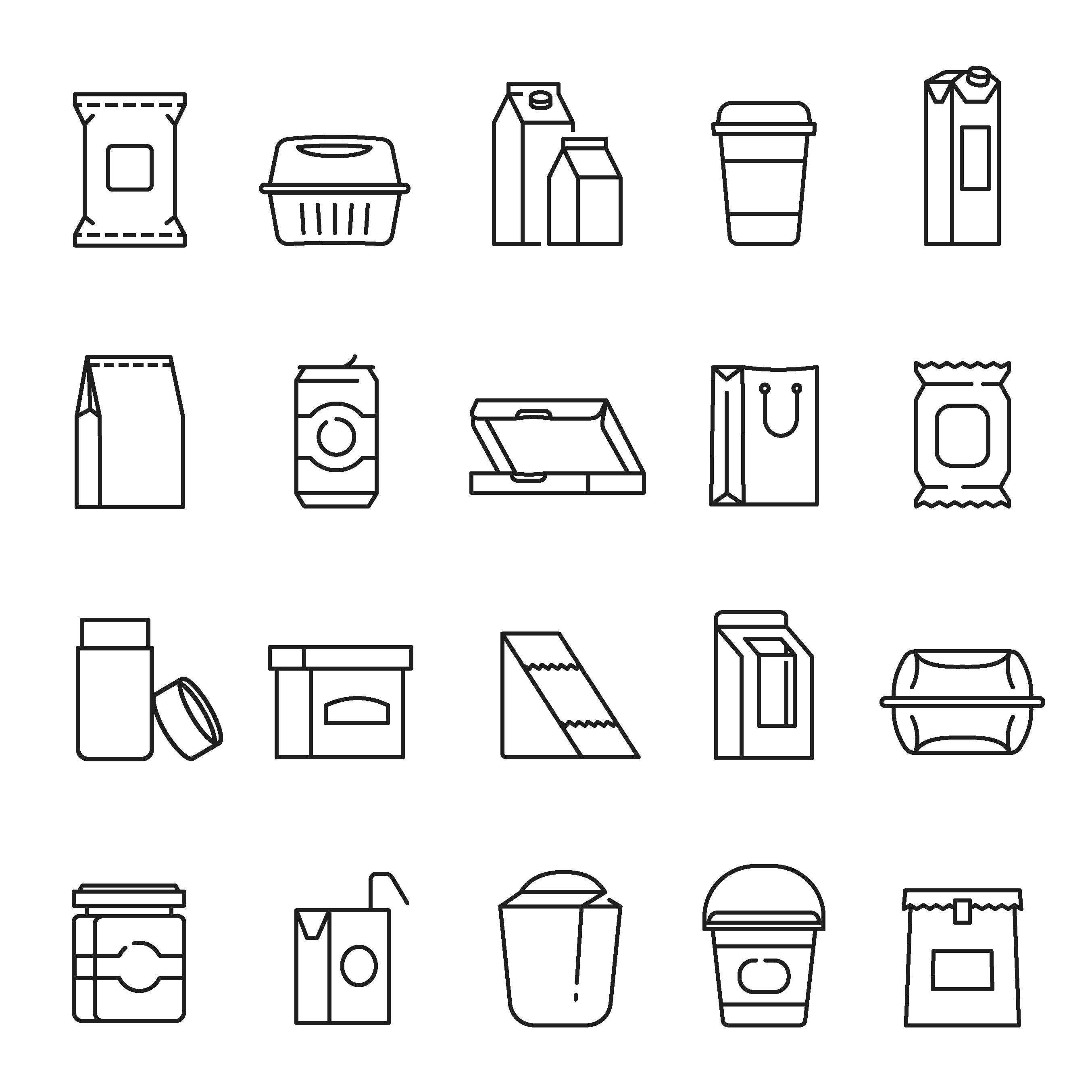Looking into the Packaging Material Characteristics

One of the main purposes of packaging is to communicate with the customer about the product. However, that’s not all, packaging serves great importance when it comes to functionality. By functionality, we mean the ability to keep the product away from external contamination, damages, humidity, temperature and light. To keep the product inside of the packaging from leaking out, for instance to keep the odor, liquid inside of the packaging. Often times, multiple layers of materials are laminated together to achieve the functionality required, as different packaging materials have different properties. Today we are going look into a few common packaging materials used on the market and their properties.
BOPP
Pros – serve as a good barrier toward humidity, high flexibility, high transparency, easy to tear and at a low cost. BOPP materials are often used in snake packaging such as chocolate bars, cookies, ice-cream and candies.
Cons – Bad barrier when it comes to odor, and lacks the sealing capability, harder to print on
PET
Pros – serve as a good barrier towards liquid, fat and humidity. PET is hard to tear, with good anti-scratch resistance and has high transparency and luster. PET is easily processible and easy to print on. PET is used commonly in coffee bag (PET/AI/LDPE), and light snake packaging (PET/AI/PP).
Cons – Low flexibility, easy to attract static, does not seal under heat and doesn’t work well with high pH (Alkaline)
ONY
Pros – high resistance to tension, heat, cold, fat, oil and acidic environment. It has good anti-scratch resistance and is durable. Commonly used ONY are PA6 and PA66 which has a density of 1.13 and a melting point of 220 degrees Celsius. Therefore, making it very suitable for products that need to undergo heat sanitization. Often used in meat, dairy product vacuum packaging.
Cons – It does not go well with a humid environment. Under a humid environment the barrier property will decrease as moister is absorbed by the material.
Aluminum
Pros – One of the best barrier materials out there. It is waterproof and can be heated or cooled, and it protects the product from ultraviolet radiation. Aluminum can be shaped into the product's shape easily. Its Application is found in Coffee packages, medical packaging, fast food wrapping, and dairy product wrapping.
Cons – It is not transparent so the consumer can’t see what’s inside, it tears and breaks easily, it is comparably more costly and could not be placed in the microwave for heating.
Different materials have different properties. When choosing which material to use or what combination of material to laminate together, most often it's based on decision factors such as cost, barrier property, easy of processing (print, seal, heat, cool, stretch), recyclability and transparency.
Source: 2020/2 CI Flexo Tech Magazine



























